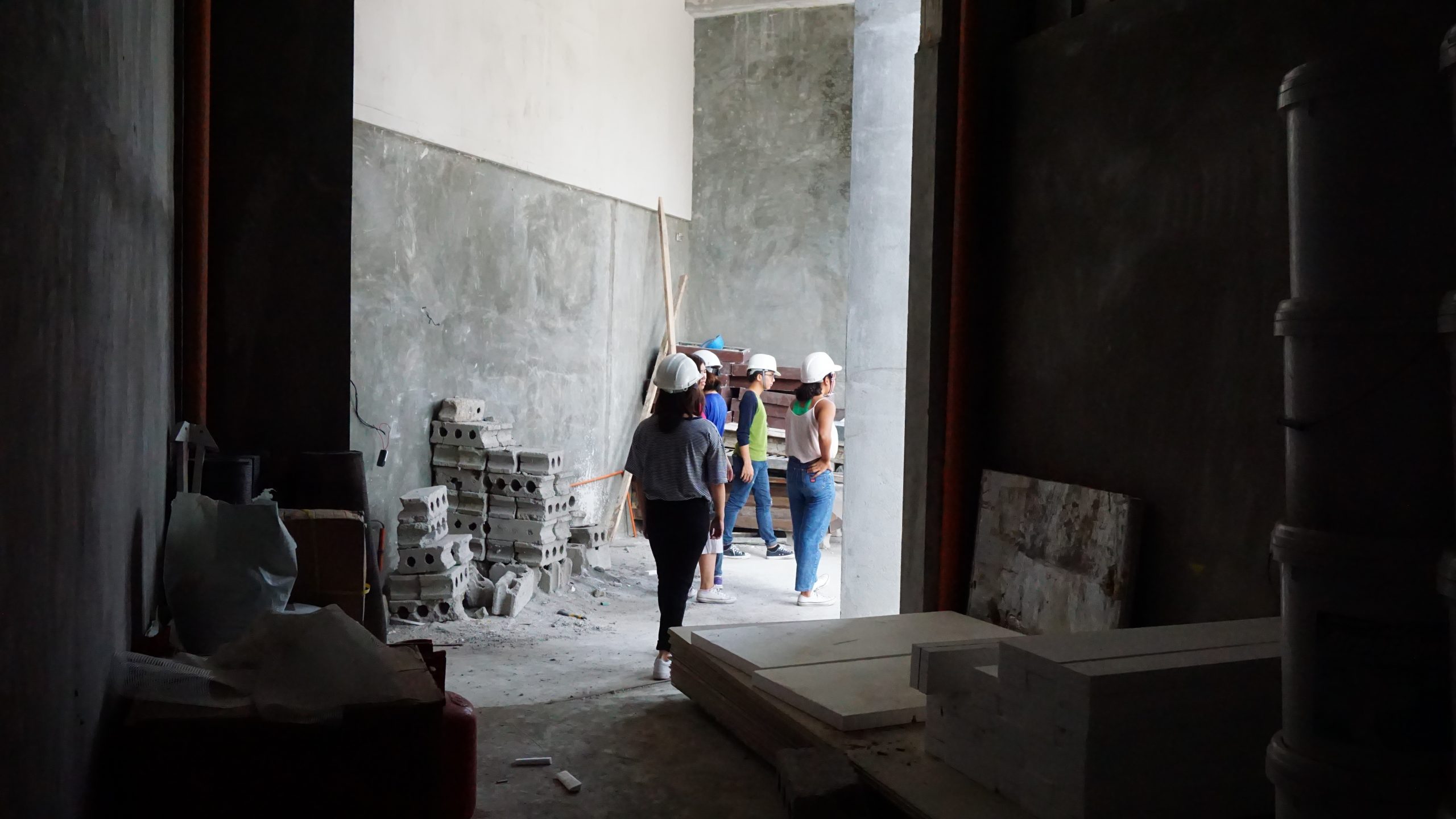| Studio Lab | Research Agenda |
| Architectural Communications | |
| Building Science | Resilience in Context. In the past years, resilience has taken different forms and meanings depending on discipline. In the context of building science, resilience can still be further defined or redefined accordingly inb the context of the built environment but still drawing from its core definition as “the ability to respond, adapt, and evolve to different forms of pressure” (Hassler, 2014). As the Building Science Laboratory, researches shall focus on the role of building science to resilience in the built environment. |
| Environmental Architecture Studio Laboratory | Contextualizing sustainability. With the active global focus on sustainability and resiliency, the EASL aims to improve and contextualize our country’s response to the sustainability and resiliency concerns in the built environment. Researches under Environmental Architecture will cover a wide range of issues that bear on how buildings can be made liveable, sustainable and resilient in Philippine tropical conditions. The topics for investigation will cover:
• Technological issues – building materials, components and systems; special focus on extreme weather conditions;
• Design issues – climatic performance and form-giving issues;
• Social issues – thermal comfort, user perception of built environments, attitudes toward buildings and building resiliency concerns;
All these topics may be applied from room to urban scale issues. |
| Urban Design | Interscalar Functions and Expressions of Urban Design. There is a hierarchy and interdependence of different scales of planning that requires study and innovation for urban societies to achieve their sustainable and resilient goals.
The UN reports that in order to have successful innovative projects, scalability should be at the heart of the process. Cities and organizations should have internal innovation, and countries should promote regional cooperation. |
| Environmental Landscapes | Play+ E-scape |
| Practice and Governance | |
| History, Theory, and Criticism | Architecture as Ideological and Critical Practice |

